Spring is finally here! It’s a time of renewal and growth, but it also brings specific hazards for our smallest family members—our pet mice, gerbils, and hamsters.
Just as we spring clean our homes and prepare our gardens, it’s crucial to consider the safety of our pets so that they can enjoy the new season just as much as we do.
In this article, we’ll help you understand the most common spring hazards for small pets, from toxic plants to household cleaning products. We’ll also help you avoid these common hazards to ensure the safety of your pet as we transition from snow to sun.
Common Springtime Hazards for Small Pets
First, it’s essential to know what kinds of hazards there are for small pets in spring. Every season has its own challenges for small pets, but these hazards are most common during the spring months:
- Toxic plants: Spring blooms are beautiful, but did you know many common flowers and plants can be toxic to small pets? Lilies, tulips, and azaleas are just a few examples. It’s vital to research and ensure any plants in your home or garden are safe for curious critters.
- Pesticides and fertilizers: With gardening season comes the use of products that can be harmful if ingested by your pets. Always store pesticides and fertilizers outside of your small pet’s airspace, and consider pet-friendly alternatives for your garden.
- Open windows and ventilation: Fresh air is lovely, but open windows can pose a risk to small pets. Only open windows near your hamster, mice, or gerbils for short periods of time, and only when the temperature outside is between 65 and 75 degrees. Never leave a window open in the same room as your pet without your supervision.
- Temperature swings: Drastic changes in temperature are common during spring, and these changes can send your pet into a state of stress. Try to ensure the space where you pet lives is between 65 and 75 degrees at all time, and keep the temperature as stable as possible.
- Cleaning products: Many of us tackle spring cleaning with vigor during this time of year, but cleaning products can be toxic to pets. Look for natural, pet-safe alternatives to keep your home clean and your pets safe. Never use household cleaners in or around your pet’s enclosure. Instead, use a mix of vinegar and water or a pet-safe cage cleaner.
- Increased activity in the home: More guests and outdoor activities mean doors may open and close more frequently. There might be more people around the house or more commotion in general. Make sure your pet has a quiet space in the house that’s as far from doors and activity hubs as possible.
- Spring allergies: Just as many humans, dogs, and cats experience allergic symptoms in spring, so can hamsters, mice, and gerbils. If you give your pet hay as bedding, nesting or food, hay harvested during this time can contain more allergens. Allergens brought into the house by humans and pets can also trigger allergies in a small pet, according to vets. Symptoms can include sensitive skin, redness, flaking, and itching, as well as sneezing.
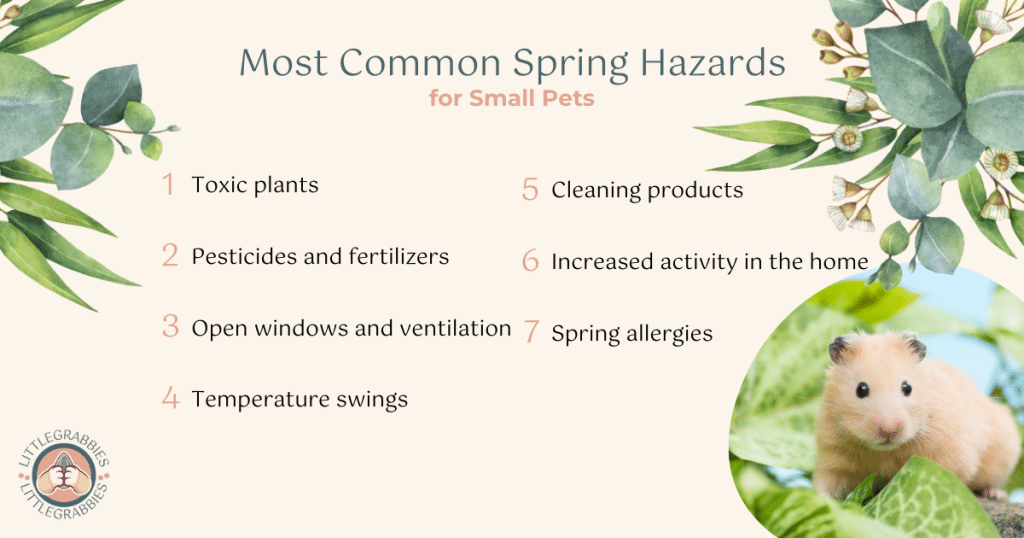
Preventive Measures to Protect Your Pet
Now that you know what kind of hazards for small pets become more prevalent in spring, here are some tips for preventing harm:
- Keep any potentially toxic plants away from your pet’s enclosure.
- Don’t store fertilizers and pesticides in the same airspace as your pet. Opt for pet-safe options to avoid tracking harmful chemicals into the house.
- Closely monitor the temperature around your pet’s enclosure. Avoid drafts and breezes in that space.
- Choose natural cleaning products that don’t contain toxic chemicals. Never use household cleaners in or around your pet’s enclosure.
- Choose a safe, quiet space in your home for your small pet’s enclosure.
- Watch out for signs of allergies, such as sneezing and wheezing. These may require a trip to the vet and an analysis of what’s causing the allergy.
- Understand springtime behavioral changes. Changes in behavior at this time are common, and they might require a change to your pet’s care.
Spring Cleaning Safety for Small Pet Owners
Embrace natural cleaning solutions like vinegar and water to keep your spaces sparkling without risking your pet’s health! As you declutter and reorganize, strive to maintain a consistent environment for your pets, minimizing stress and keeping their well-being in mind. Don’t move your pet’s enclosure more than necessary.
Recognizing Signs of Distress or Illness
Physical symptoms such as lethargy, loss of appetite, or unusual discharge can indicate exposure to a toxic substance or stress. Behavioral changes, like increased aggression or hiding, also warrant attention. If you notice any of these signs, consult with a veterinarian promptly.
[Allergies in small pets] may cause skin redness, flakiness or bleeding, especially on the underside of their bellies.
Partridge Independent Practices (2023)
Protecting Small Pets in Spring
Spring is a season of joy and renewal, but it also requires us to be mindful of the unique needs and safety of our hamsters, mice, and gerbils. By taking the necessary precautions and staying informed about potential hazards, we can ensure our furry friends enjoy the springtime as much as we do. Remember, the well-being of our pets is always worth the extra effort, ensuring they remain happy, healthy, and safe regardless of the season.
References
- Partridge Independent Practices (2023, May 21). Know the signs of these six common hamster illnesses. Retrieved from: https://www.partridgepractices.co.uk/article/know-the-signs-of-these-six-common-hamster-illnesses/

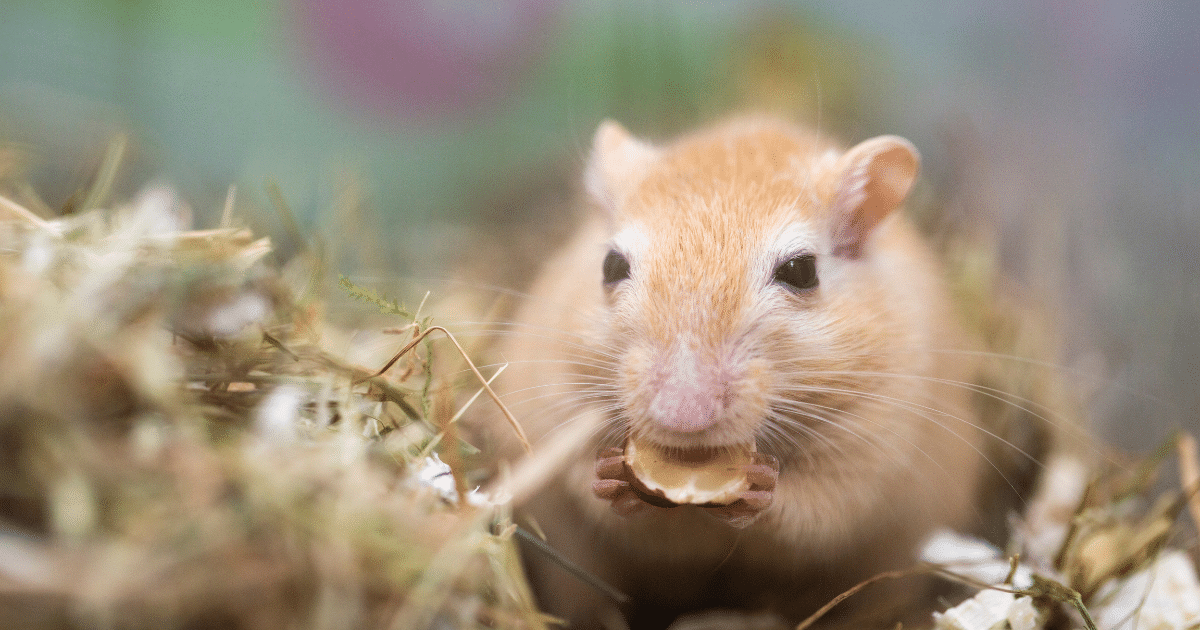
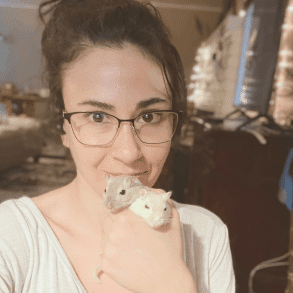

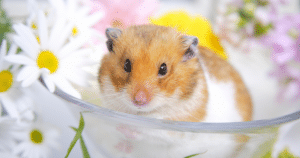
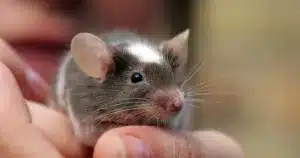
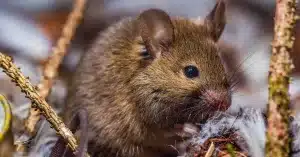
0 Comments